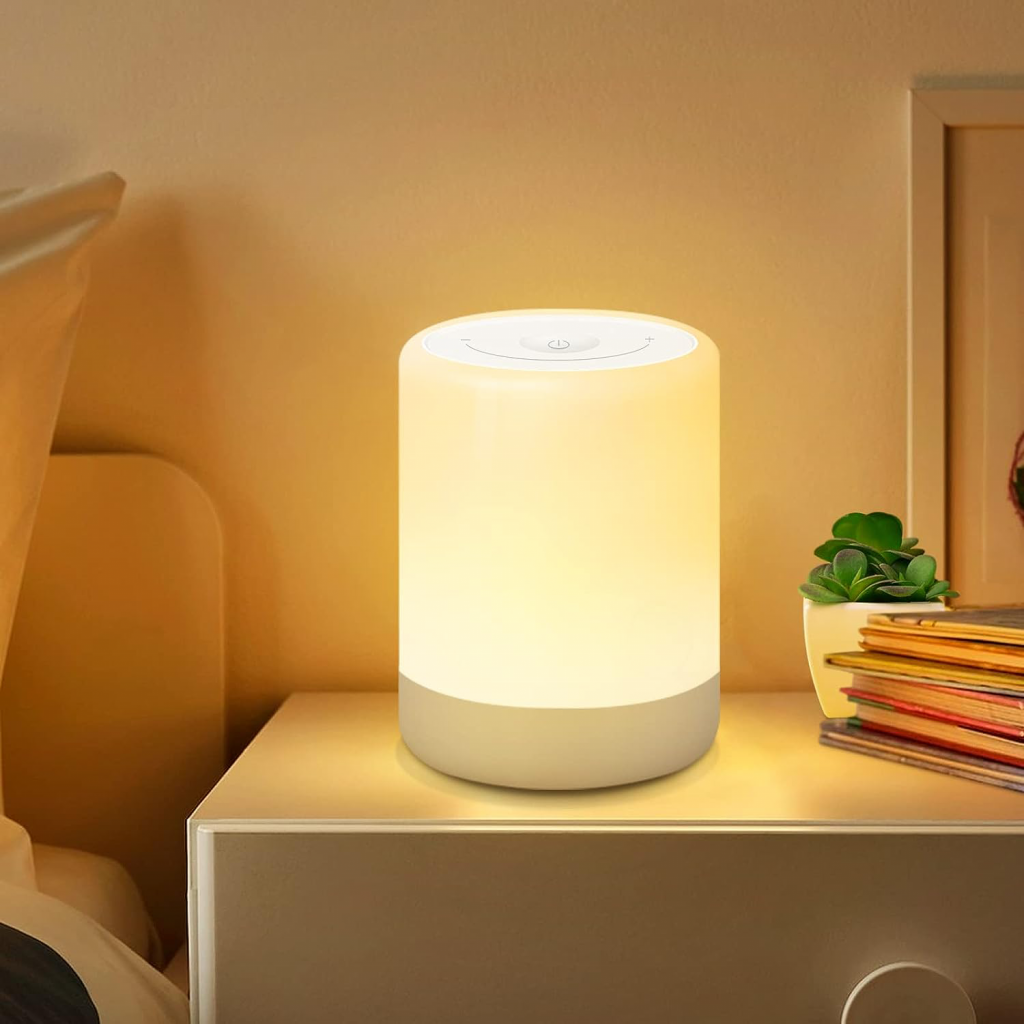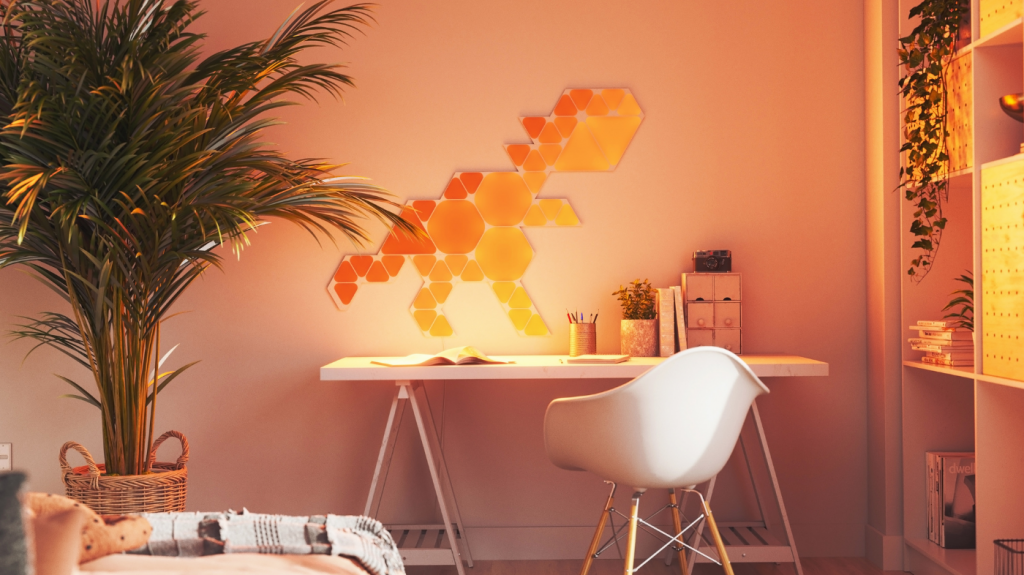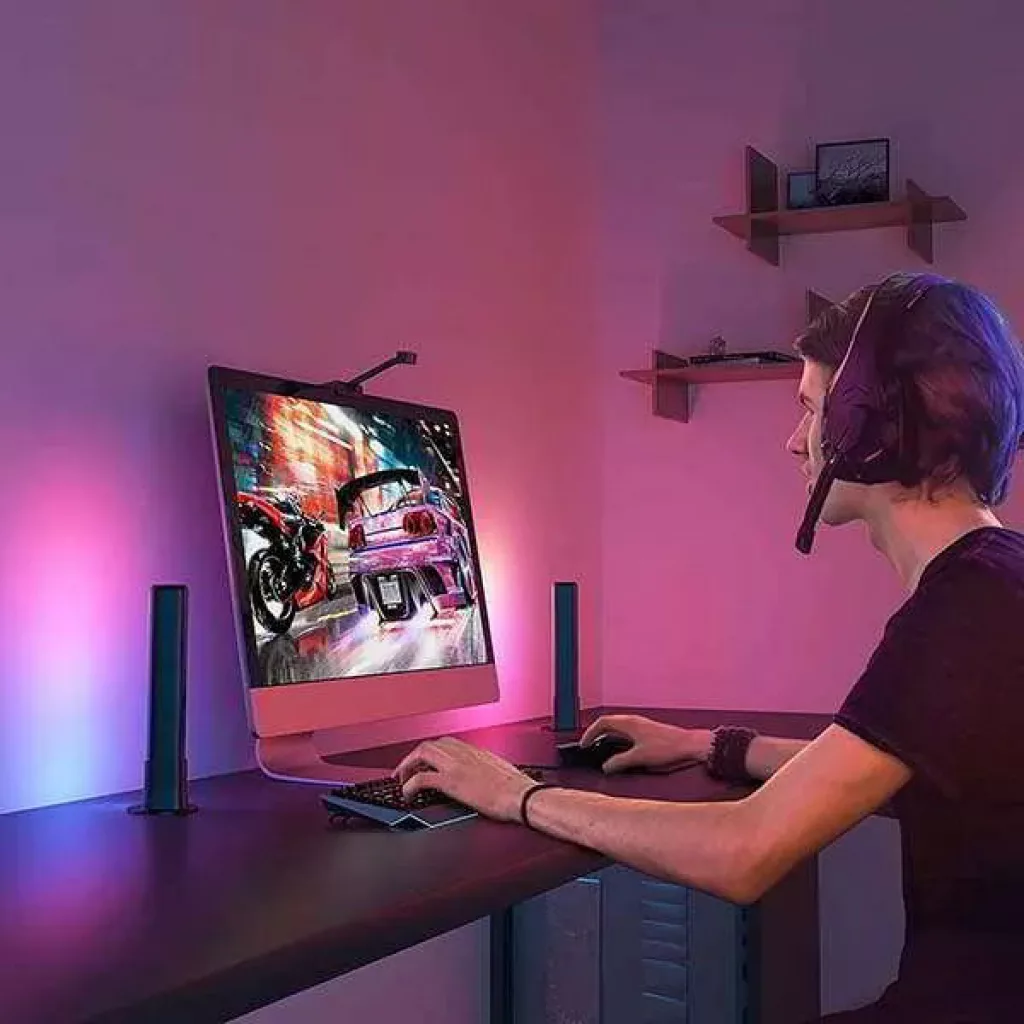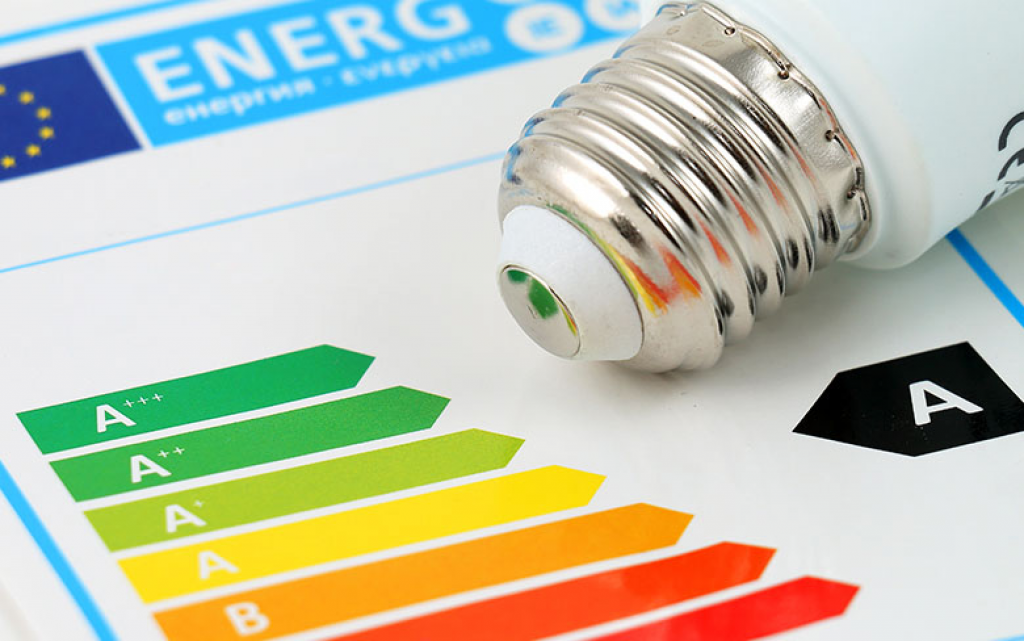Introduction to The Future of Smart Lighting
As the sun sets on today’s smart lighting innovations, the dawn of a new era beckons. It’s not just about turning lights on or off remotely anymore; the next decade promises advancements to redefine our understanding of ‘smart.’
Brief Overview of the Current State of Smart Lighting
Smart lighting has, over the last few years, shifted from being a luxury to a standard in modern homes. With products ranging from smart bulbs to sophisticated light strips, homeowners can control, customise, and automate their lighting like never before. Not only does this offer a level of convenience previously unattainable, but it also provides an array of opportunities to enhance the home ambience, security, and even well-being.
Setting the Scene for Predictions
As we venture forward, it’s crucial to acknowledge the leaps and bounds made in this field. Innovations have touched on every aspect, from the practicality of smart light switches to the therapeutic potential of lighting in mental health. With this foundation set, one can only imagine the wonders the next decade holds for smart lighting enthusiasts and novices alike.
Evolution of Smart Bulbs
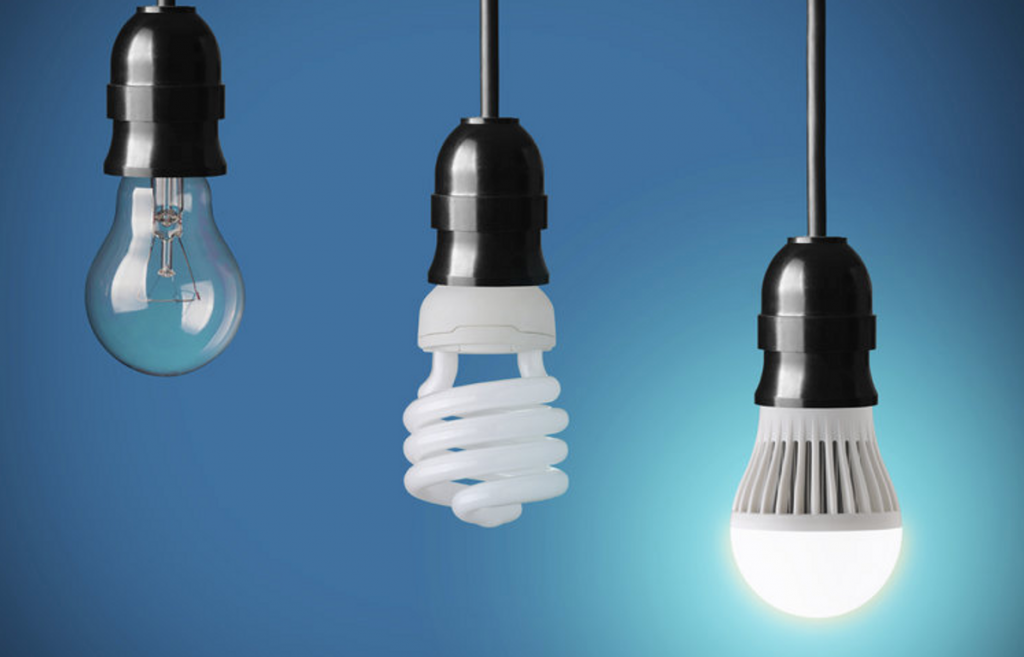
Evolutionary timeline from traditional bulbs to modern smart bulbs
If one product encapsulates the marvel of modern technology and user-friendliness in smart lighting, it has to be the smart bulb. Over the years, it has undergone a transformative journey, moving from mere remote-controlled lighting to embodying the epitome of smart home innovation.
The Humble Beginnings: Basic Remote Functionality
The earliest incarnations of Smart bulb technology were rudimentary. They primarily offered users the convenience of switching lights on or off without reaching for the physical switch. While this was groundbreaking, the industry was scratching the surface of possibilities.
Integration with Home Automation Systems
As smart homes became more integrated, so did the humble bulb. Compatibility with home automation systems allowed these bulbs to operate in sync with other home devices. Whether adjusting the brightness to match your movie night or syncing with your morning alarms, the smart light bulb technology adds a layer of convenience and personalisation to daily routines.
The Rise of Color Variations and Mood Settings
Enter the era of Hue Philip bulbs and their ilk. Suddenly, homeowners were controlling the intensity of their lights and their colours. This added a therapeutic angle to smart lighting, as studies have shown that colours can affect mood. A sunny yellow to start your day or a calming blue to wind down? The choices became endless.
Energy Efficiency and Environmental Impact
Modern smart bulbs are not just about aesthetics and functionality; they are also designed with the planet in mind. Their energy efficiency reduces overall electricity consumption, reducing carbon footprints. This forward-thinking approach towards sustainability can be seen in how these bulbs fit into the broader conversation on environmental impact.
What’s Next? Predictive Lighting and AI Integration
The future of smart bulb technology is bound to be intriguing. With the rise of AI, we might soon see bulbs that can predict our lighting preferences based on our habits or moods, adjusting themselves without any prompts. Imagine a bulb that notices you’re reading a book and adjusts its brightness and colour temperature to reduce strain on your eyes.
The Rise of Adaptive Home Lighting
In recent years, there has been a significant shift in how homeowners and tech enthusiasts alike perceive home lighting. What was once seen as a simple utility has evolved into an intricate system that can adapt, learn, and enhance one’s living experience. This section explores the burgeoning world of adaptive home lighting and its transformative potential.
Understanding Adaptive Lighting
At its core, adaptive lighting refers to systems that can automatically adjust based on various factors such as ambient light levels, time of day, and even the activities happening in the room. The intelligence behind such systems is a blend of sensors, algorithms, and user preferences, making the lights ‘aware’ of their surroundings and inhabitants.
Circadian Rhythms and Health Benefits
One of the primary motivations behind adaptive lighting technology is its alignment with our natural circadian rhythms. Studies have shown that aligning light exposure to our biological clock can promote better sleep and overall well-being. This was one of the focal points we touched upon in our article about how smart lighting improves sleep quality and aligns with circadian rhythms.
Energy Efficiency Through Adaptation
Adaptive lighting is a double-edged sword with the global push towards sustainability. Not only does it enhance user experience, but it also ensures energy is used judiciously. Adaptive systems are pivotal in reducing energy consumption by adjusting brightness based on the natural light available or turning off when no one’s in the room.
The Role of AI and Machine Learning
The true magic of adaptive home lighting lies in its ability to learn and predict. With AI and machine learning advancements, modern lighting systems can understand user preferences over time. Imagine a system that knows when you usually read in the evenings and adjusts the light to your preferred reading settings without you having to lift a finger.
Future Outlook: Beyond Just Light
The future of adaptive home lighting looks promising and expansive. We can anticipate systems that adapt to our routines and integrate with other smart home systems for a comprehensive experience. Think lights that dim when your favourite movie starts or a gentle illumination that starts with your morning alarm, paving the way for a holistic smart home experience.
Smart Switches and Their Role in Modern Homes
The story of smart lighting would only be complete with the dynamic evolution of smart switches. Once considered tools to control electric circuits, these devices have become pivotal elements in the smart home ecosystem. They’ve brought revolutionary changes, making our spaces more adaptive, efficient, and responsive.
The Early Days: Beyond Basic On and Off
When smart switches first emerged, they offered the simple luxury of controlling lights without physically touching the switch. This was a leap from traditional switches, introducing a sense of future-forward living into our spaces.
Integration with Smart Home Systems
One of the significant leaps in smart switch evolution was their integration into broader smart home ecosystems. With compatibility extending to home assistants like Alexa and Google Assistant, homeowners could control their home lighting through voice commands. Want to set the mood for a romantic evening? Just ask, and your home will oblige.
Scenes and Routines with Smart Switches
Introducing scenes and routines elevated the smart light switch from a simple control tool to a critical player in personalising living spaces. Whether mimicking the sunrise to gently wake you up or creating a festive ambience with dynamic light patterns, these switches can coordinate with various devices to craft the perfect atmosphere. If you thought setting the perfect ambience was a complex task, our guide on creating the ideal lighting scenes breaks it down.
Safety and Energy Efficiency
Advanced smart switches can monitor energy consumption, giving homeowners insights into their usage patterns and helping them make informed decisions about energy conservation. Moreover, features like vacation mode, where lights can be scheduled to turn on and off, simulating an occupied home, have added a layer of security for homeowners.
The Future: Gesture Controls and Predictive Lighting
The smart light switch industry is looking at more intuitive control methods. Imagine switches that can understand hand gestures or systems that learn from your behaviours and predict when you want the lights dimmed or turned off. The combination of AI and smart lighting is poised to make our interactions with our homes smoother and more organic.
Light Strips and Artistic Integration
The concept of home lighting has grown leaps and bounds beyond the traditional bulb and chandelier. One of the most exciting developments in recent years has been the explosion in popularity and versatility of light strips. These slender, flexible LED strips have unlocked a world of creative and artistic possibilities, intertwining technology with interior design in unprecedented ways.
The Aesthetic Appeal of Lightstrips
Unlike conventional lighting fixtures, light strips are discreet, offering a minimalist yet impactful design element. They can be hidden beneath counters, behind television sets, or along staircases, illuminating spaces with a soft, diffused glow. For instance, the Hue Philip Lightstrip Plus allows users to select from a palette of over 16 million colours, transforming ordinary spaces into immersive experiences. You can check out this innovative product on our product page.
Enhancing Architecture and Design
Architects and interior designers have eagerly embraced light strips to accentuate architectural features, delineate spaces, and introduce dynamic lighting effects. Our article on smart lighting in sustainable architecture offers deeper insights for those interested in incorporating smart lighting into their design endeavours.
Interactive Art Installations
In the realm of contemporary art, light strips have taken centre stage. Artists now use these to craft interactive installations, where lighting reacts to movement, sound, or even emotions. Companies like Nanoleaf, with their Canvas Starter Kit, enable even the average homeowner to become an artist, creating mesmerising patterns and sequences on their walls.
DIY and Home Projects
The DIY community has warmly embraced light strips, devising many creative applications, from bed underglow to interactive party decorations. For DIY enthusiasts, our DIY custom LED light strips guide provides step-by-step instructions to kickstart your next project.
The Evolution of Lightstrips
From the early days of monochromatic LED strips to the current era of smart, colour-changing, app-controlled versions, the evolution of light strips mirrors the broader trajectory of the smart lighting sector. As technology advances, we can only anticipate more innovations in this arena, marrying aesthetics and functionality in previously unimagined ways.
Gaming, Entertainment, and Sync Boxes
The immersive nature of modern entertainment – be it gaming, movies, or music – demands an equally captivating environment. This is where smart lighting truly shines. Smart lighting has revolutionised how we experience home entertainment by syncing with on-screen content or music beats. From the pulsating rhythms of an action-packed game to the subtle moods of a romantic movie, lighting now plays an integral part in heightening the sensory experience.
Immersive Gaming Experiences with Smart Lighting
For gamers, the environment matters as much as the graphics. Smart switches, intelligent light bulb fixtures, and adaptive light systems can turn a regular gaming session into a surreal adventure. Games now come with built-in profiles that allow lighting systems to react in real-time, enhancing in-game events with synchronised lighting effects. Our article on smart lighting in gaming delves deeper into this.
Incorporating products like the Nanoleaf Shapes Hexagon Starter Kit can make walls come alive, reacting dynamically to in-game events or the beats of a game’s soundtrack.
Movies and TV: An Enhanced Viewing Experience
Imagine watching a tense thriller, and as the suspense builds, the room’s lighting dims or changes shade, mirroring the on-screen mood. This isn’t a concept of the future—it’s already here. With devices like the Sync Box, users can connect their smart lighting systems to their TVs, ensuring the lighting ambience matches the content.
The Philips Hue Sync Box can be an indispensable companion for those movie nights, ensuring your viewing experience is always atmospheric and immersive.
Music and Concerts at Home
Why wait for a concert to enjoy pulsating lights that match the beats of your favourite tracks? Modern smart lighting systems can now dance to the rhythm of any song, transforming living rooms into concert stages. This is not just limited to smart lighting fixtures but also innovative products like the Govee Smart Table Lamp, which can oscillate and pulse to your favourite tunes.
The Future: Integrated Entertainment Ecosystems
As the lines between various forms of entertainment continue to blur, we can expect a more cohesive ecosystem where gaming, movies, music, and lighting interact seamlessly. With AI and machine learning advancements, future smart light switches and devices predict our moods, curating lighting, and entertainment content to fit our current state of mind.
Smart Lighting and Environmental Impact
One of the most commendable advancements of smart lighting technology lies in its potential to influence and improve environmental sustainability. As homeowners, businesses, and entire cities search for ways to reduce their carbon footprint, smart lighting emerges as a significant player in this green movement.
Energy Efficiency: More than Just a Buzzword
Traditional incandescent bulbs are notorious for their energy inefficiency, with a significant portion of the electricity they consume being wasted as heat. Bulb smart technologies, on the other hand, not only use a fraction of the energy but also last significantly longer. LED smart bulbs, like the Yeelight Smart LED Bulb, can last up to 25 times longer than their incandescent counterparts and consume up to 80% less energy.
Moreover, with dimmer switches and adaptive lighting, energy consumption can be further tailored to actual needs rather than a one-size-fits-all brightness level.
Adaptive and Responsive Lighting
One of the intrinsic benefits of smart lighting systems is their adaptability. Sensors like the Philips Hue Smart Motion Sensor can determine when rooms are occupied, adjusting lighting accordingly. This means no more lights left on in empty rooms—a significant energy saver in larger households and office spaces.
Integration with Renewable Energy
Future smart lighting systems could be more seamlessly integrated with renewable energy sources. Imagine home lighting that communicates with solar panels, optimising energy use based on how much sunlight is harvested throughout the day.
Smart Cities and Public Infrastructure
The environmental impact isn’t restricted to homes or offices. As cities globally look towards becoming “smart cities,” public lighting plays a pivotal role. Streetlights that adapt to the time of day, weather conditions, or even pedestrian and vehicle traffic can contribute immensely to energy savings on a citywide scale.
Raising Awareness and Encouraging Sustainable Choices
While the technology itself is impressive, the user awareness it fosters must be considered. Smart lighting apps can provide homeowners with real-time data on their energy consumption, making the environmental impact of their choices tangible. This could lead to more informed and eco-friendly decisions in other aspects of their lives.
For those interested in delving deeper into this topic, our piece on the environmental impact of smart lighting offers a comprehensive analysis.
Conclusion: Illuminating the Road Ahead
As we traverse through this decade, the allure of smart lighting isn’t merely confined to its futuristic appeal or enhanced user convenience. Rather, it presents an interconnected, environmentally conscious, adaptive living experience. From the simple evolution of light bulb smart technologies to the mesmerising realms of light strip artistry and entertainment synchronisation, we’re witnessing a revolution that’s much more than just lighting up our rooms.
The environmental footprint of our choices becomes clearer with smart lighting, urging us to be more reasonable with our energy consumption. And as these technologies become increasingly entrenched in our homes, offices, and cities, the boundaries they will push are only limited by our imagination.
We’re at the cusp of a decade poised to redefine our relationship with light. As creators, consumers, and curators of smart lighting technology, our choices today will sculpt our future’s luminous landscapes.
For those keen on continuing this journey of discovery, our extensive collection of articles and product reviews, such as the comprehensive guide to smart lighting apps and a look into the best smart light switches for a connected home, serve as lanterns in this enlightening path.

